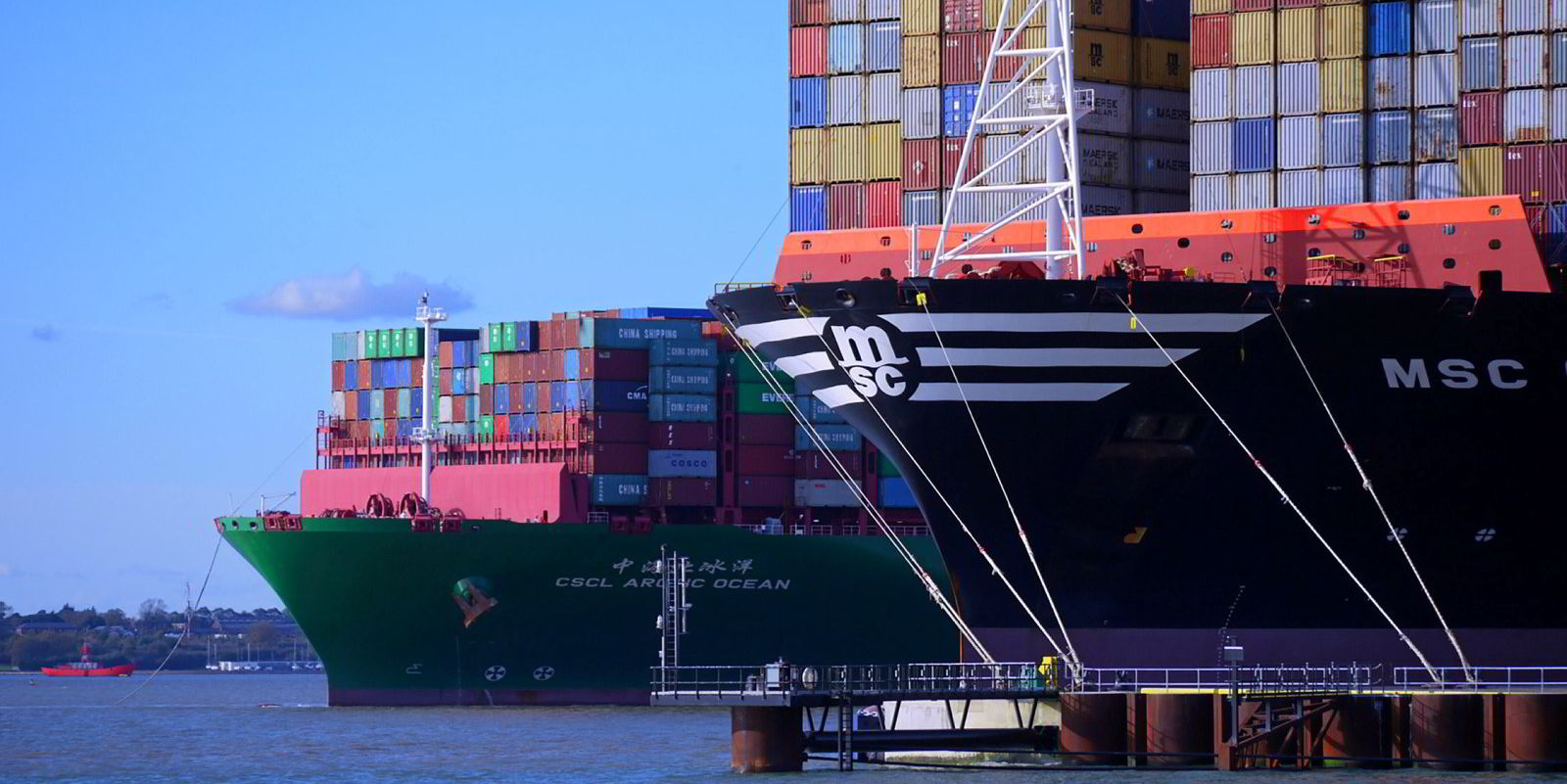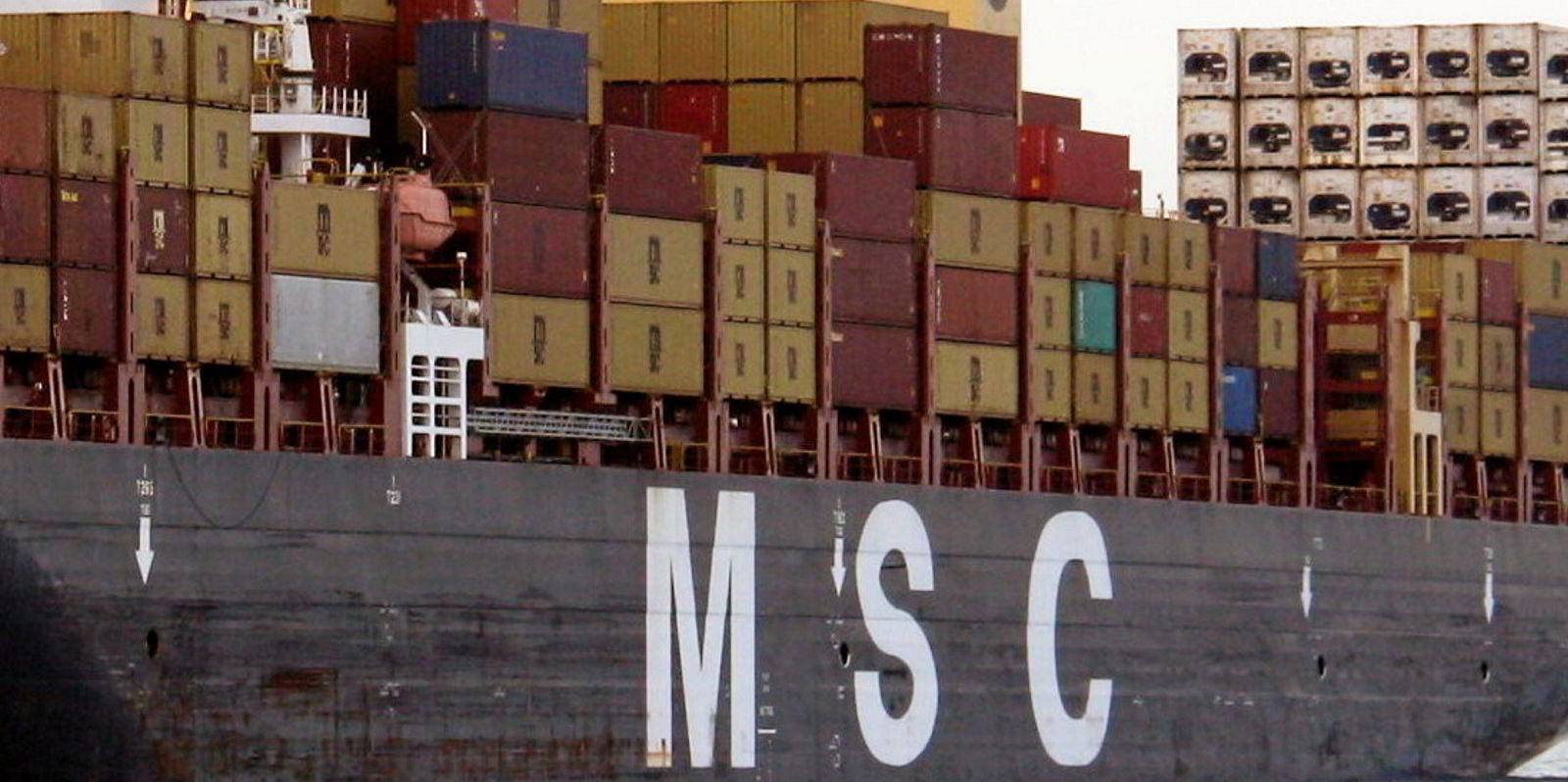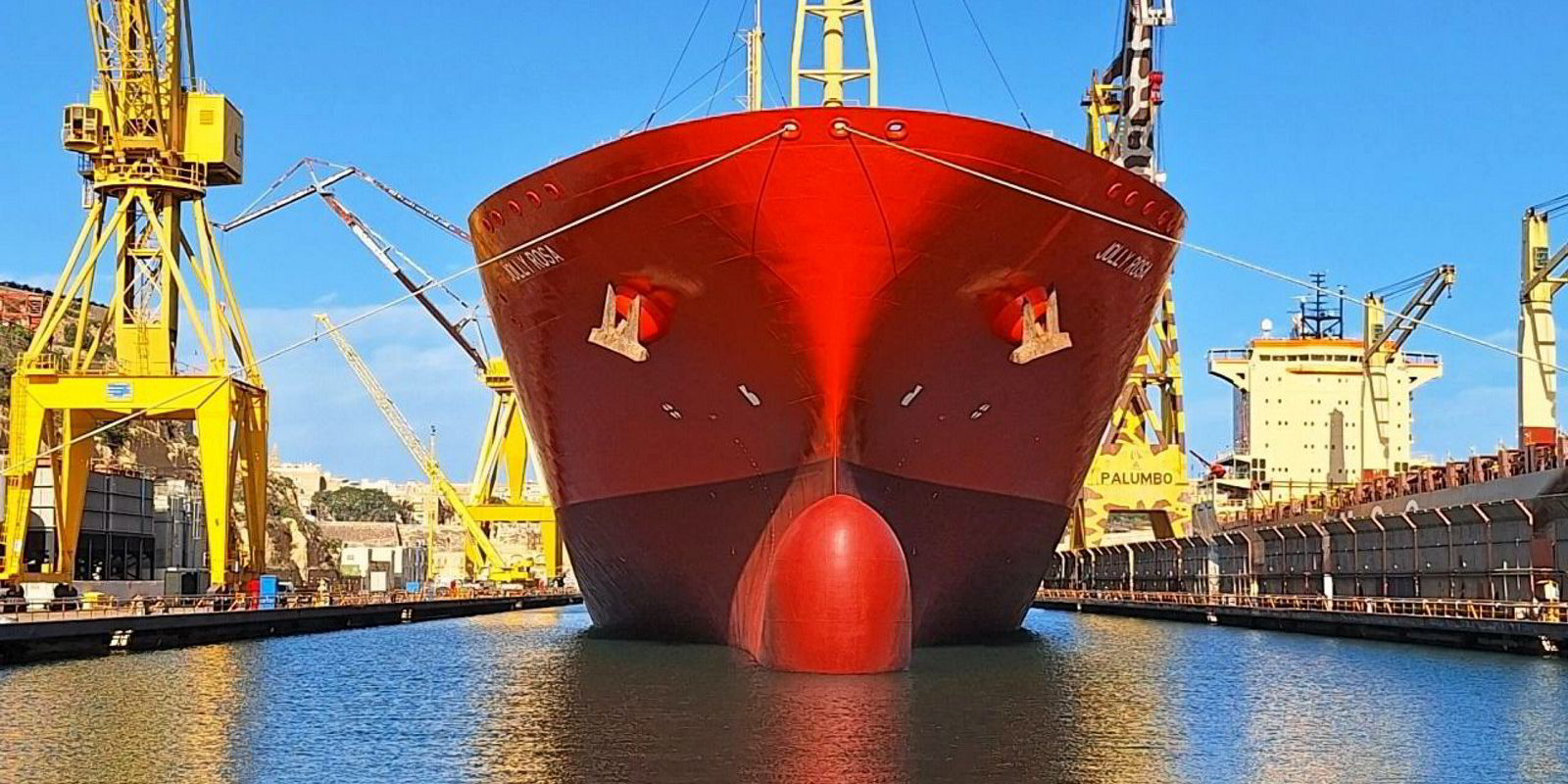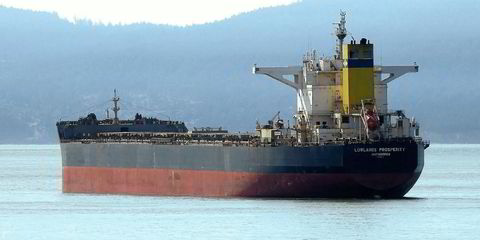Reaching net zero by 2050 will cost the container shipping industry up to $1.4trn, according to a study by AlixPartners.
That cost will be borne by carriers and energy suppliers, and ultimately, by shippers and end users, the New York consulting firm warned.
Its 2024 Global Container Shipping Outlook describes the container shipping industry’s CO2 emissions as “dangerously high and climbing”.
Instead of declining to a mandated 20% reduction in CO2-equivalent emissions by 2030, combined emissions will rise sharply in 2024 as liners forgo the Red Sea, adding 30% to the length of voyages.
Emissions rose to some 230m tonnes in 2023, nearly one-quarter of all maritime shipping. AlixPartners’ worst-case projection has container emissions approaching 350m tonnes per year by 2050.
“Even targeted investment and conversion to alternative-fuel propulsion systems will not be sufficient to achieve the mandated 20% reduction by 2030,” the study said.
“But net zero by 2050 remains within reach — barely — if 5% to 17% of the industry’s fleet is converted to zero-emission fuels by 2030 and 84% to 93% is converted by 2050.”
Don’t panic!
The analysis of 15 publicly traded liner companies said the change will “not happen easily or overnight”.
However, investment and emissions reduction will not occur without powerful incentives and sanctions to change the behaviour of carriers and shippers, it added.
Carriers have solid balance sheets and an appetite to deploy the financial windfall reaped during the pandemic, the study noted.
The $22bn in capital expenditure investments last year was the largest total since 2012.
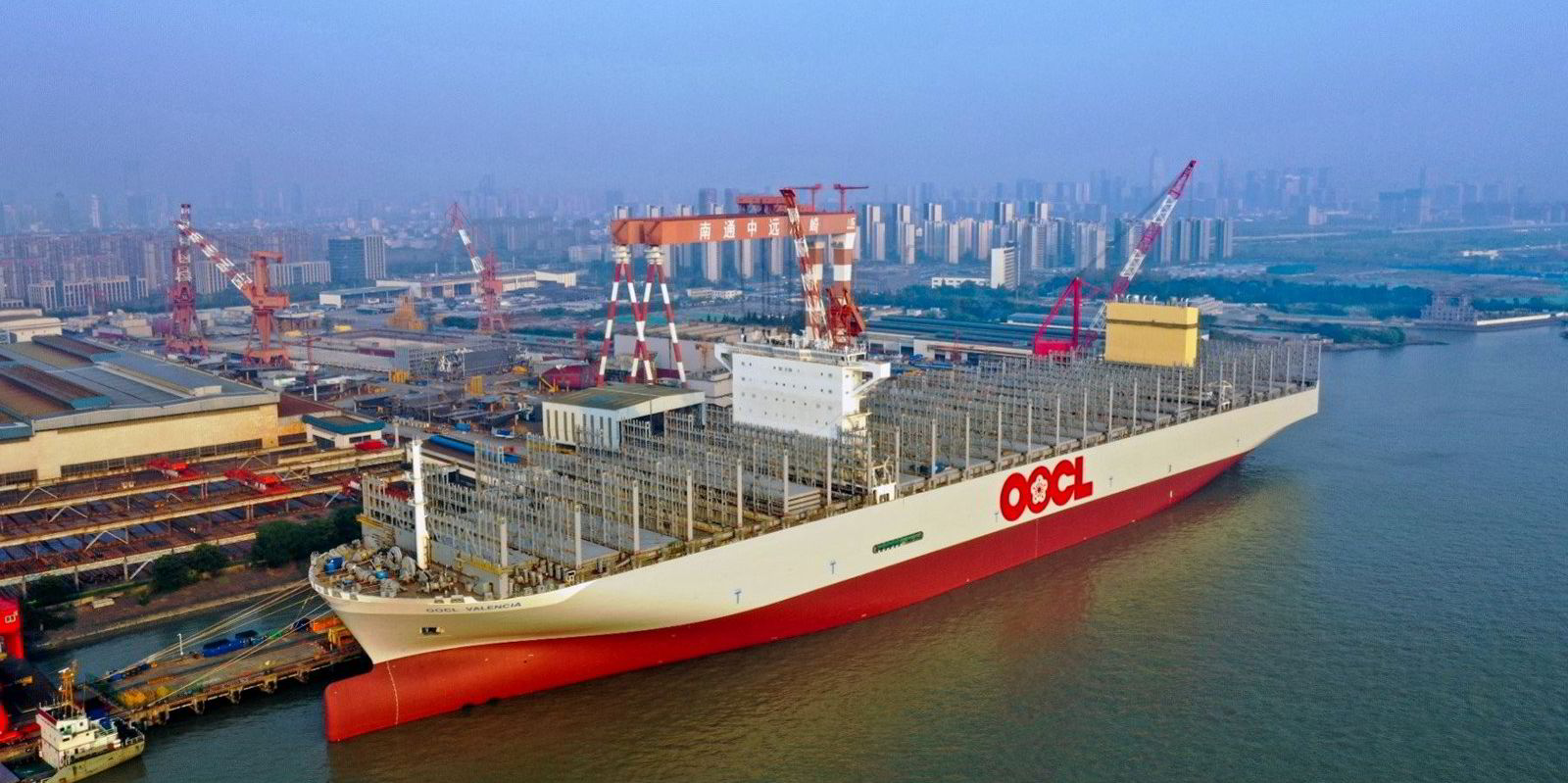
A further $83bn in cumulative cash reserves represents a level 3.7 times greater than their average balances over the past decade.
The aggregate debt-to-Ebitda ratio is also solid, with today’s 1:2 ratio a far cry from the heavily leveraged days before the pandemic.
Moreover, the industry’s Altman Z-score, measuring the likelihood of a company’s insolvency within 12 months, stands at 2.63, comfortably above the score of 1 that signals imminent trouble.
Container shipping showed resilience last year amid continued waves of disruption, it added.
“The container shipping industry’s 2023 financial performance reflects the resilience and adaptability that operators have cultivated to survive,” the report said.
The financial health strengthened even amid declining revenues, revenue pressure, geopolitical strife and challenging capital markets.
Total revenues dropped 30% in 2023 and Ebitda was cut in half, but carriers remained profitable.
Focus on profits
The 15 companies posted 2023 Ebitda of $71bn, down from $158bn in the previous year.
Conditions could remain positive for carriers, but capacity expansion, reliability performance, labour issues, shipping rates and regulatory scrutiny must be rigorously addressed, the report said.
Carriers have the financial flexibility needed to seize opportunities and manage risks, including sufficient cash balances for mergers and acquisitions, investments in core business and actions to improve balance sheets, it added.
“Dealing with disruption is standard operating procedure in the global container shipping industry,” said Marc Iampieri, global co-leader of AlixPartners’ shipping, logistics & infrastructure practice.
“Carriers have demonstrated that flexibility, adaptability and relentless focus on profitability remain essential. The adequacy of those actions will be tested in real-time.”
The study warns of risks with capacity on the rise, putting rates under downward pressure.
However, the security situation in the Middle East and a consolidation of alliances — now a fixture in the industry — could lift rates out of stagnation.
As route maps are redrawn, sailing lengths are extended, setting rates on a potentially steep upward curve.
The study finds total capacity is up 10% year over year.
Distant threat?
The continued expansion of the container shipping fleet poses a risk, particularly to rates, the study noted.
Deferred deliveries and scrapping could, however, keep planned capacity expansions in check.
Reliability represents an Achilles heel and improvements have been hard to come by, largely due to myriad disruptions.
A mere 30% of vessels arrived on time at the low point, and the current on-time arrival rate has levelled off at 65%, well below the pre-pandemic norm.
“The ocean shipping market shows no signs of returning to norms experienced before the pandemic, but most carriers are in a healthy financial position and have strategic flexibility to thrive amid choppy seas,” Iampieri said.
